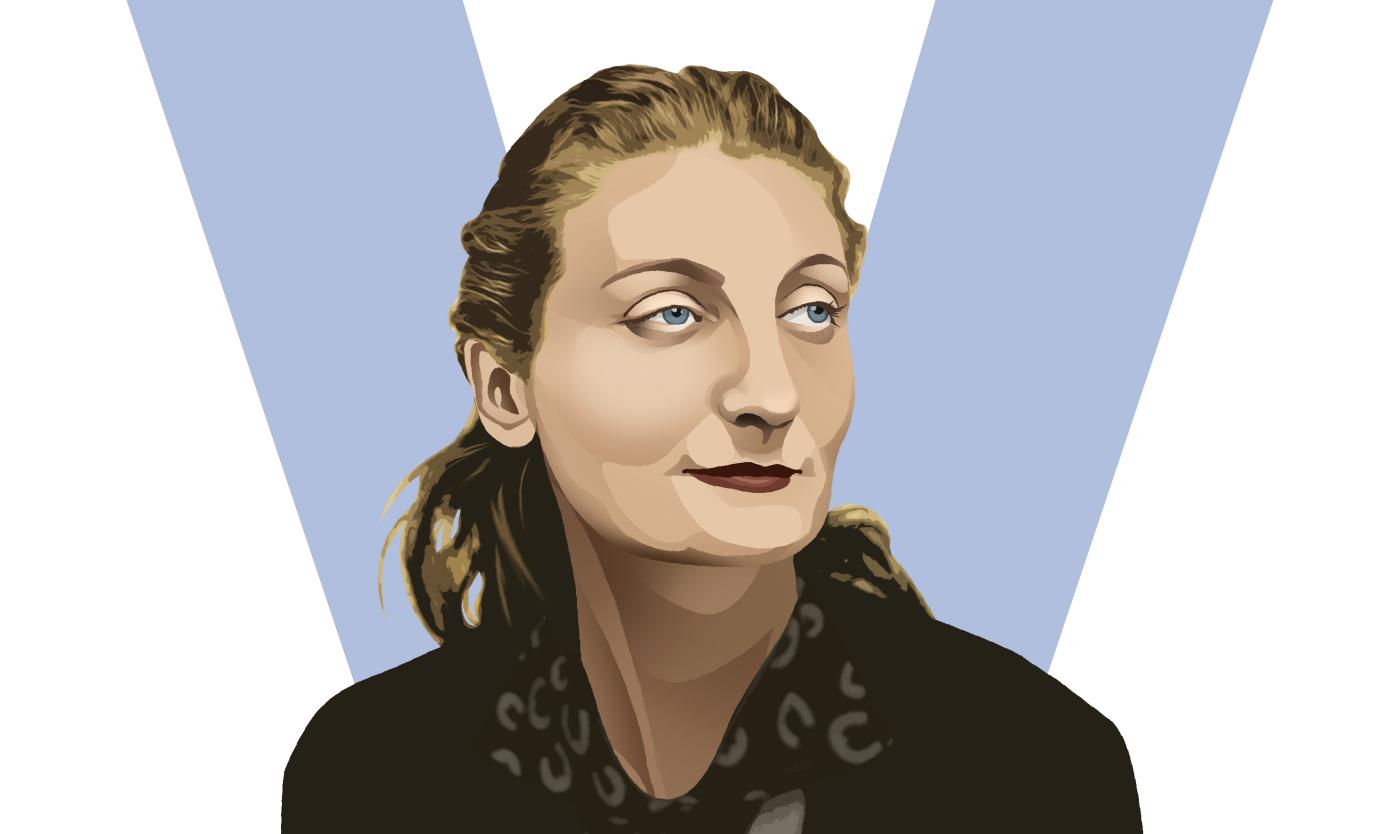
Suzanne Spaak
1905–1944
Suzanne Spaak saved dozens of Jewish children and worked for the Red Orchestra espionage network. Shortly before the liberation of Paris, she was arrested, tortured, and executed in her cell by the Gestapo.
On 12 August 1944, just thirteen days before the liberation of Paris, 39-year-old Suzanne Spaak was executed in her cell at Fresnes prison (Seine, Val-de-Marne) by a Gestapo officer. It was the price she paid for rescuing Jewish children and her involvement in the espionage network that would go down in history as the Red Orchestra.
Suzanne Spaak came from a wealthy banking family. Born in Brussels in 1905 as Augustine Suzanne Lorge, she was the daughter of stockbroker Louis Lorge. In 1925, she married Claude Spaak, a playwright and filmmaker, and brother of socialist minister Paul-Henri Spaak. As fascism and Nazism spread during the 1930s, Suzanne joined the Comité Mondial des Femmes contre la Guerre et le Fascisme (World Committee of Women Against War and Fascism). In May 1940, the Spaak family moved to Sainte-Maxime in southern France.
From 1941, Suzanne became part of the leadership of the Mouvement Nationale Contre le Racisme (MNCR). She worked underground to oppose the persecution of Jews and found support among Protestant circles to help hide Jewish children. A mother of two herself, she did not hesitate to take great risks to smuggle these children to safety.
But Suzanne went further. Through her earlier activism in the World Committee of Women Against War and Fascism, she met the communist Myra Sokol in Brussels. The Sokols introduced her to the Paris branch of the Red Orchestra, led by Leopold Trepper (Leiba Domb), a Polish Jew and officer in the Soviet military intelligence service. From the late 1930s, Trepper had built a network across several European countries, using real businesses as cover, such as the raincoat shops Au Roi du Caoutchouc and The Foreign Excellent Trench-Coat, and the import-export firms Simex and Simexco. These businesses served as contact points with the German occupiers. Information was transmitted via coded radio messages by so-called “pianists”, while “shoemakers” produced forged documents.
On the night of 12–13 December 1941, the Nazis located a Red Orchestra transmitter in Brussels. During the raid, they found enough evidence to dismantle the Brussels network, and came across Suzanne Spaak’s name. At that time, she was still in Brussels, helping Jewish children go into hiding. In November 1943, she was arrested and soon transferred to Paris, where the specially created Sonderkommando Rote Kapelle led the hunt for the network. Like other members of the Red Orchestra, Suzanne was brutally tortured.
In January 1944, she was sentenced to death. Usually, such executions were carried out in Germany. But with the liberation of Paris approaching, Heinz Pannwitz, head of the Sonderkommando, is said to have personally shot her in her cell on 12 August. Her body was buried anonymously in Bagneux cemetery, under a simple marker: “Une Belge” (A Belgian).
In 1985, Suzanne Spaak was posthumously honoured with the title “Righteous Among the Nations” by Yad Vashem, awarded to non-Jews who helped save Jews during the Holocaust.
Sources:
- Gilles Perrault, Het Rode Orkest, Toren Boeken, 1983.
- Anne Nelson, La vie héroïque de Suzanne Spaak, Robert Laffont, Parijs, 2018.